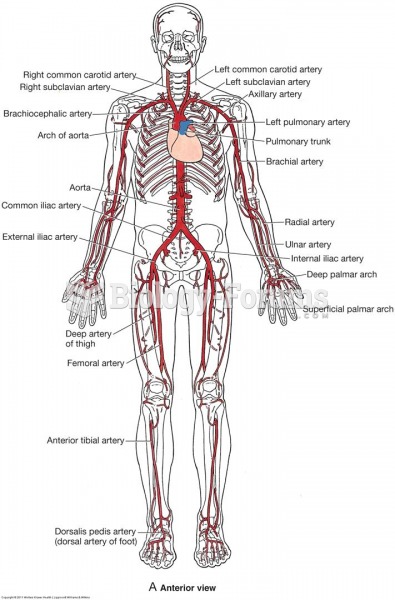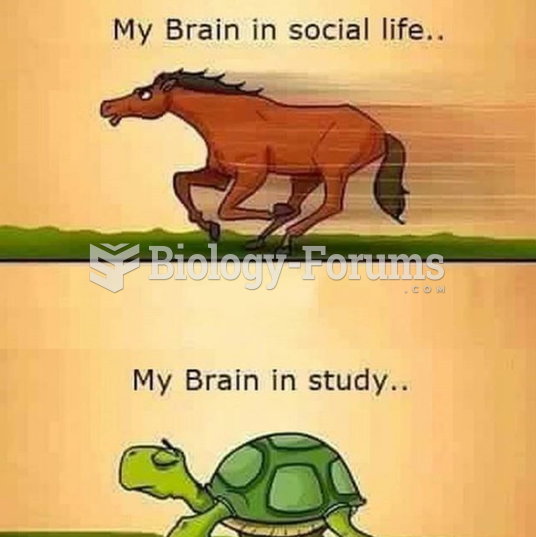Answer to Question 1
An ideal response will:
1. Discuss the stock market crash and the Great Depression. This led to a number of major programs as part of President Franklin Roosevelt's New Deal. The New Deal included legislation to provide benefits to the poor, to put people to work, and to create infrastructure. Many of these programs were designed to stimulate the economy.
2. Indicate specific programs that were part of the New Deal. For example, Social Security was designed to provide a minimum income for poor beneficiaries and ensure that benefits were related to the amount paid in by contributors. Programs such as Aid to Families with Dependent Children were implemented to provide assistance to the poor. Other programs were designed to help the disabled and the unemployed.
3. Explain that President Lyndon Johnson's Great Society programs were designed to solve problems in health care, education, and welfare.
4. Indicate specific programs that were part of the Great Society. These include programs such as food stamps, Head Start, Medicare, Medicaid, Supplemental Security Income, and housing assistance.
5. Discuss reforming welfare by converting Aid to Families with Dependent Children to Temporary Assistance for Needy Families. This included limitations on receiving welfare.
Answer to Question 2
An ideal response will:
1. Describe changes during the New Deal: establishment of the Federal Emergency Relief Administration and the first 100 days; creation of jobs through the Works Progress Administration and the Civilian Conservation Corps; adoption of Social Security, disability insurance, and unemployment insurance; and the Children's Bureau, Aid to Families with Dependent Children, and the Federal Surplus Relief Corporation's school lunch programs.
2. Describe changes during the Great Society: expansion of food stamp program; creation of Head Start and of Medicare and Medicaid; implementation of SSI; and creation of the Department of Housing and Urban Development.
3. Identify the goals of social policy as creating a social safety net and raising the quality of life for all citizens, and discuss how the New Deal and Great Society programs meet these goals.
4. Note that social policy programs are often political battlegrounds between the parties and between contending interest groups; the question is not whether a safety net should be provided, but rather how strong the net should be and whether it should be provided by the states or by the federal government.







